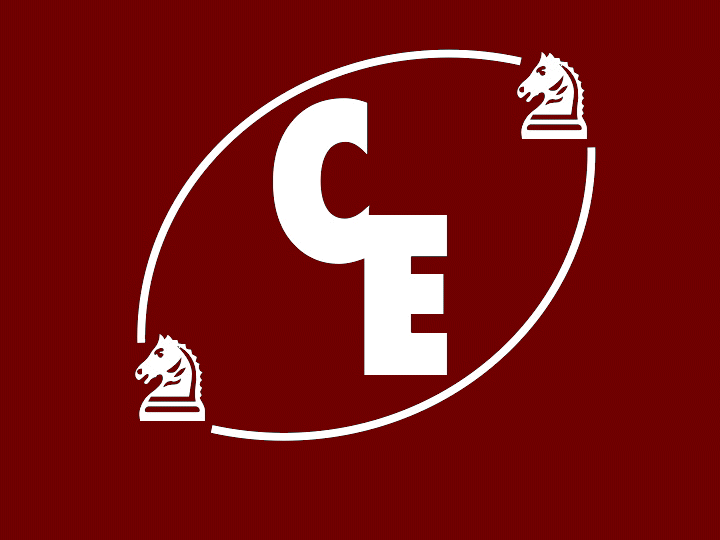ADINFER-ChessEVAL ©
Dedicated Chess Computers
- World Machine (WM) Vancouver
- La Regence
- Tournament Machine (TM) Vancouver
- Bavaria Vancouver 68020
- WunderMaschine Genius 2
- L'Empereur Lang/CLJ
- Daimler-Benz Board
- TASC R40 and Tournament Board (55cm)
- Fidelity Grand Master Voice
- Fidelity Decorator
- Novag Robot Adversary
- TASC R30-Koning and Schroeder
- Fidelity EAG V5 DualProcessor
- Table Chess Master RFT/VEB
- Novag Savant
- Elite Travemunde
- Tournament Smart Board
